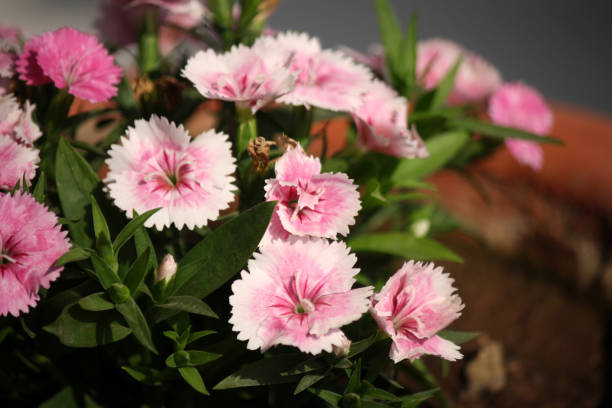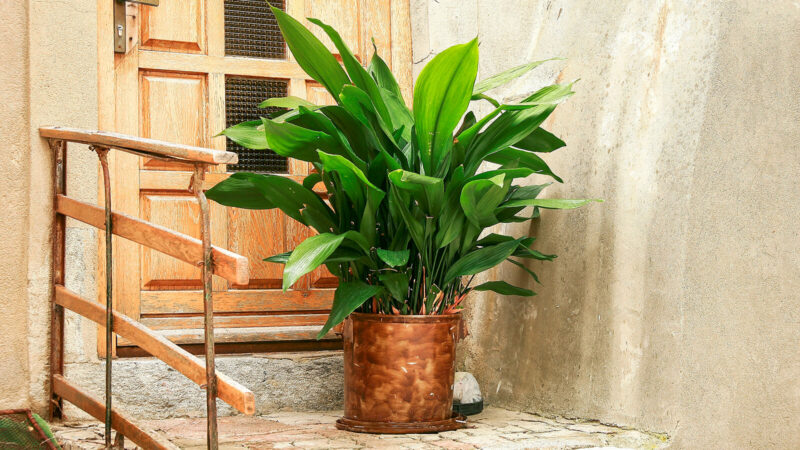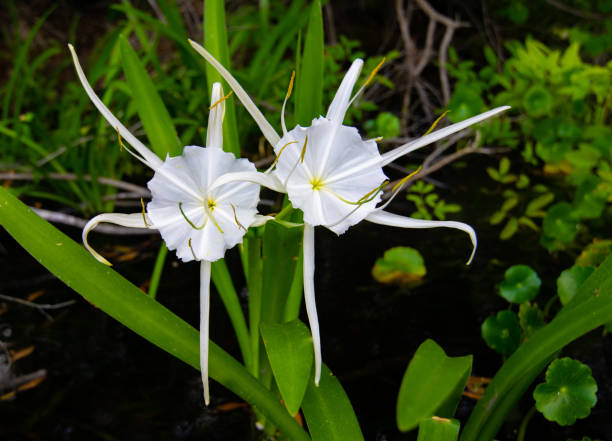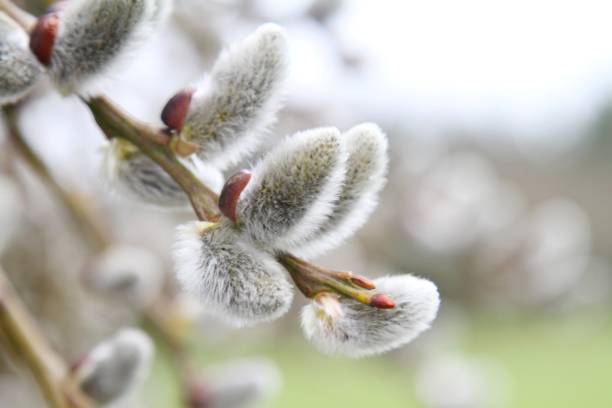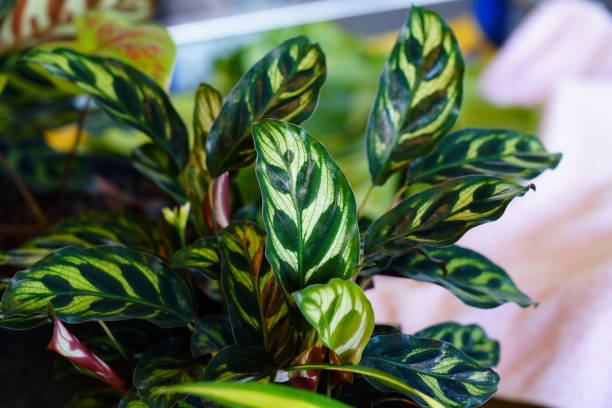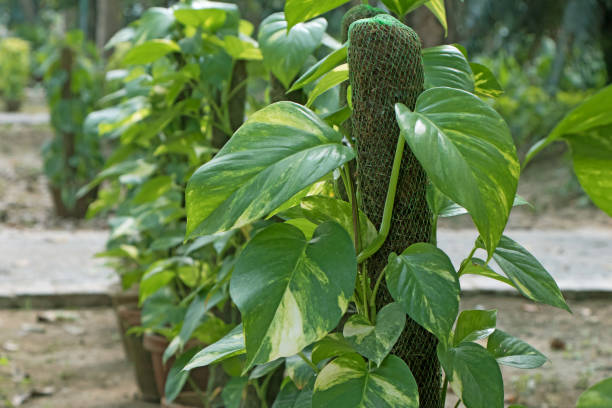How To Grow Honeyberry Plants: The Antioxidant Powerhouse
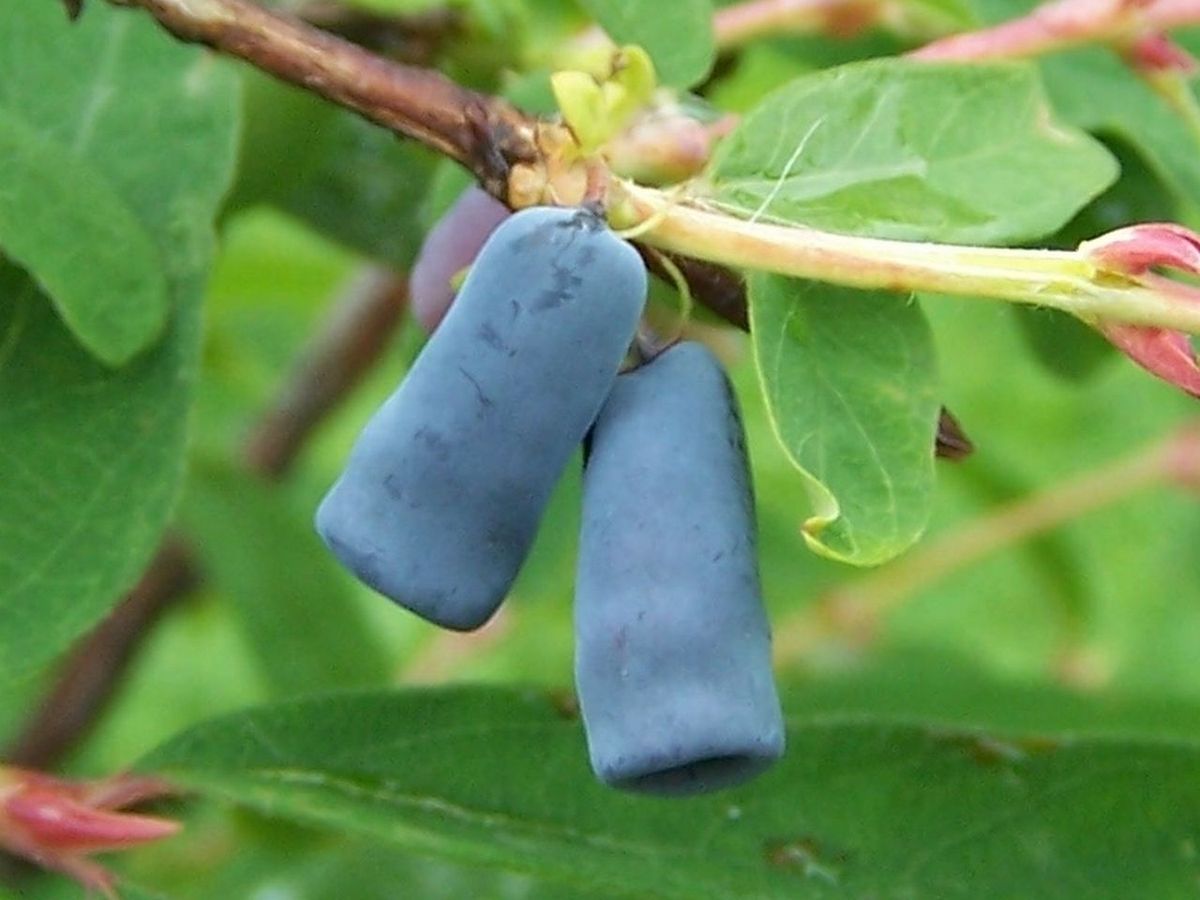
Do you want to grow your own healthy food? Or do you want to add some plants to your garden with medicinal benefits? If the answer to these questions is yes, then growing honeyberry plants can be the perfect option for you.
The honeyberry plants are one of the most delicious and healthy types of berries you can grow. These plants are also easy to grow, and the health benefits they offer will inspire you even more to grow this plant. The honeyberry plants are full of antioxidants and are among the most popular types of healthy snacks you can have.
In the article, we will explain to you all the aspects of how to grow honeyberry plants and other aspects related to them.
How To Grow Honeyberry Plants
Growing the honeyberry plants is easy and fun. All you need to do is follow these simple steps:
When To Plant Honeyberry Plants?
The honeyberry plants are frost-resistant, and thus, for the best results, you need to plant them during the spring season. After planting, you will need to water them lightly.
Light
The honeyberry plants, like other berry plants like the partial sun. For thriving, they need at least 6 to 8 hours of sunlight in a day.
This is why they thrive best in the areas where they can receive partial sun during the day. One thing to remember is that you should avoid the full sun as it may lead to burnout of the leaves. Full sun can also harm the fruit of this plant as it may lead to hard, dry fruit instead of soft juicy ones. Thus it is best to avoid the full sun and plant these health powerhouses into a location where they have partial shade and sunlight.
The light is also an essential factor for the fruit quality as well as it helps in minimizing the problems like fungus.
Soil For Honeyberry
The honeyberry plants, like the other varieties of the berries, like well-draining soil. For the best results with the honeyberry, it is suggested that you go for the compost dug. This plant loves the soil, which has a pH level ranging between 5 to 7.
A soil that provides good drainage also helps in keeping the roots healthy and rot-free. Other than this, you should also know that heavy draining soil like sandy or rocky soil is also not recommended for this plant. This is because, in such soils, the plant will exhibit signs of water shortage. Thus it is best to plant the honeyberry into areas where it can get moisture and drainage.
To provide it with this, you can form a mix of compost and sand together. This will help in keeping the moisture as well as providing it with the essential drainage.
Frost Tolerance For Honeyberry
Do you want a cold-hardy plant for your garden? If yes, then the honeyberry plants are the perfect option for you. They are one of the most frost-hardy fruit plants you can grow as they can tolerate temperatures going down as low as -40℉.
The cultivars of the honeyberry, which originates from the Russian lines of breeding, bloom faster. They also bear fruits quicker in comparison to the Japanese cultivar types of honeyberry, which are popular by the name of haskaps. This is why the honeyberry plants are not a good option for areas where the summer temperatures go above 85℉. However, growing them in the early winters can help in such warm areas.
Fertilizers
The honeyberry plants need a supply of fertilizers for optimum growth and fruit production. Thus, you will need to provide your berry plants with fertilizers during the fall season for the best results.
The compost manure is the best option for feeding the honeyberry plants as it supplies them with all essential nutrients for growth. To feed it, you will need to form a player of the compost around the root zoos of the plant. The layer should be around 2.5 cm in size. In case you have a slow-growing variety of thee honeyberry, then you will also need to feed the plant during the early summers. Other than this, the feeding during the fall season will be enough for the honeyberry plants.
Spacing
The honeyberries need a spacing of a minimum of 1.50 m on each side for optimum growth. This is in the case where you are planning single plants in your garden.
In case you are planting the rows of the honeyberry plants, then they will need a 1.o m gap among the plants. You will need to keep a gap of at least 3 m among the rows for the rows. This is an essential requirement so that the plants can get enough nutrients from the soil to bloom and fruit.
Mulching
In the honeyberry plants mulching plays a vital role. The mulching in these plants helps in maintaining the moisture as well as keeping the weeds in control.
You will also need to install wire fencing along with mulching to protect the plants against the rabbits. Other than this, you can also use this fence for the support of the honeyberry plants. All you need to do is install some wooden or other pillars and then tie some galvanized wires on them, which will act as support.
Pollination
The honeyberries, often famous as the blue edible suckles, produce an amount of white fragrant flowers. These flowers will appear during the spring season around the same time when the strawberries bloom. For pollination, these plants need two varieties of plant which are compatible with each other.
Harvesting
For the harvesting of this berry, you will need to wait for the fruits to turn blue inside. This is essential as if you pick up the berries early, they will taste like a tart. The fully ripe berries will give a taste of raspberry with a minor taste of the black currant.
The good thing about the honeyberries is that they are very easy to freeze. Thus you can easily use them in the form of healthy snacks long after the harvest. You can also use them by making wine or jam out of them.
Troubleshooting
The honeyberries are one of the favorite foods of the birds. So be ready to defend your delicious plants against the prying birds.
Other than the bird problem, you will also need to look out for the pollination problems. If you see any healthy plants without fruits, then this means that a compatible plant for pollination must be planted nearby. This will ensure healthy pollination and fruit production by the honeyberry.
These are some of the tips which you should follow for a healthy and blooming fruit-producing honeyberry plantation. If you follow these easy steps, you can have antioxidant-rich snacks in your own home.
Final Words
Do you want to have some healthy snacks which are also organic and natural? Or do you want a plant which supplies you with a good amount of antioxidants? Well, if the answer to these questions is yes, then the honeyberry plants are for you.
The honeyberry plants are one of the easiest to make snacks and are famous for being a powerhouse of antioxidants. What’s even amazing about the honeyberries is that they are also easy to grow and require minimal care.

